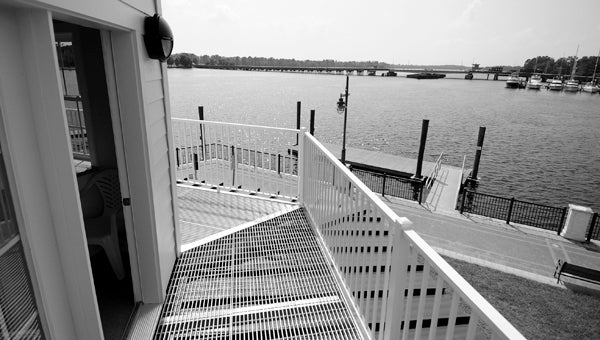Putting Washington on the map
Published 5:26 pm Saturday, August 9, 2014
There has been much discussion of the Washington waterfront over the past many years: what should be done with it, how to make it more attractive and accessible, how it should be changed, how it shouldn’t be changed.
Lately, people have offered up their opinions about the new lighthouse/dockmaster’s station on the western end of the Washington waterfront. While there are always detractors to projects that pave the way for change, it seems that a little shortsightedness is in play in their views.
Mostly, people have objected to the physical presence of the lighthouse — it partially blocks the river view that can be had from cars traveling, or parked, on Stewart Parkway. It’s a shame to lose that fraction of a view, yes, but if one backs up and looks at the larger picture, they will find that the lighthouse brings far more to the Washington waterfront than it takes away.
First, for many years, there has been public outcry over the lack of decent public restrooms on the waterfront. The lighthouse, along with the restrooms built in Festival Park, eliminates that problem. Washington can count that as change for the better.
Second, the lighthouse will give the dock attendants, and eventually the dockmaster, a better view of the docks they attend. The dockmaster’s job will be to manage the waterfront, but it’s hard to manage when one can’t actually see the waterfront. The 360-degree view from the dockmaster’s office on the second floor of the lighthouse will help them do their job, and do it better.
Third, boaters, especially sailors, bring a lot expendable income into Washington. Those hitching up to the city docks for days or weeks at a time are eating out, they’re shopping, they’re buying goods and using services. The lighthouse’s nice bathroom and shower and the ability to do laundry is what will spur boaters to sail the extra 30 miles upriver to Washington to spend their money here. Why wouldn’t Washington want to court those people by giving them nice facilities?
Fourth, the town now has a focal point for the waterfront. It’s all part of a plan that was designed in 2009: on the eastern end of the waterfront, green space; on the western end, maritime activity; in the middle, commercial entities. The city is slowly, but surely, making that plan happen with Festival Park, and building a lighthouse — one that actually works — at the center of maritime activity.
Fifth, it very well may be that Washington’s waterfront lighthouse becomes the symbol by which people recognize Washington.
Change is often frowned upon, there’s no doubt. But this change, as a whole, will deliver much more to Washington than it will take away. Those naysayers should broaden their view and embrace the change that can only help put Washington on the map.





